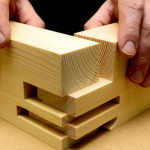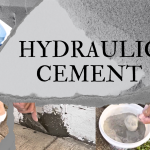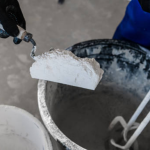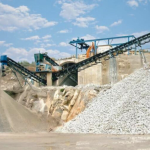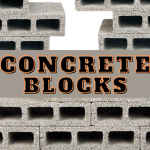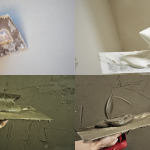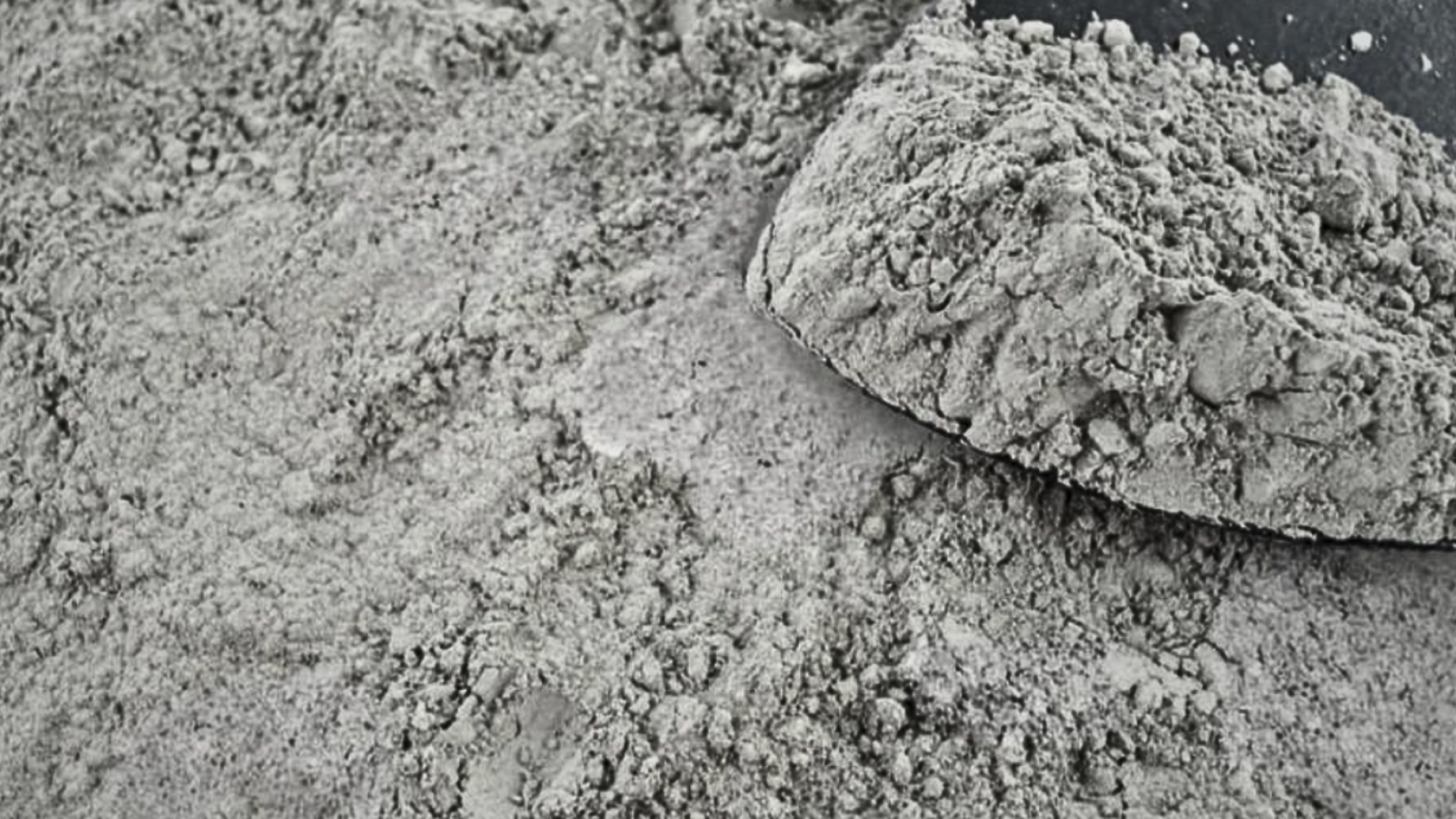
Cement is a key ingredient in concrete and mortar, and it comes in several types, each with its own properties and uses. Here are some common types of cement:
Air-entraining Cement
There are types of cement that contain air bubbles that allow minute droplets of water in the concrete to expand when they freeze and thaw, protecting the concrete from fractures and damage.
Blast Furnace Slag Cement
These types of cement have a lower permeability than Portland cement, which leads to a reduced ion diffusion rate and enhanced durability in the presence of salts like chloride and sulfate.
Coloured Cement
Colored cements are commonly used to finish floors and exterior surfaces. Mineral pigments and regular cement are mixed very closely to get this effect. The amount of coloring pigment used might range from 5% to 10%. The strength of cement is reduced if this proportion surpasses 10%.
Expansive Cement
An expansive cement is a cement that, when combined with water, forms a paste that expands more than Portland cement paste.
High alumina Cement
It is composed of calcium aluminates, unlike Portland cement, which is composed of calcium silicates. It is manufactured from limestone or chalk and bauxite (a special clay having extremely high alumina content).
Hydrophobic Cement
It’s made by grinding Portland cement clinker with an oil-forming ingredient such as oleic acid to minimize the rate of degradation while the cement is kept under unfavorable circumstances.
Low Heat Portland Cement
Low heat cement is a specially designed cement that produces very little hydration heat during the setting process. It is made by altering the chemical makeup of ordinary Portland cement.
Also Read:
- Box Culvert Reinforcement Layout
- Different Types of Lintels
- Structural Member
- Types of Footings
- Types of Retaining Wall
Oil-well Cement
Oil well cements are employed in the form of slurries in drilling bore holes for oil exploration; they are not utilized for structural concrete, but they readily fulfill OPC requirements.
Ordinary Portland Cement (OPC)
This is the most popular and widely used kind of cement. It is resistant to cracking and dry shrinkage, but not to chemical assault. OPC is not appropriate for building work that is exposed to sulphates in the soil.
Pozzolana Cement
Pozzolanic cements are a combination of portland cement and a pozzolanic ingredient, which might be natural or synthetic. Natural pozzolanas are mostly made up of volcanic minerals, with some diatomaceous earth thrown in for good measure. Fly ash, burnt clay, and slate are examples of man-made materials.
Rapid Hardening Cement
It is a kind of Portland cement that is commonly used in concrete buildings to achieve high strength sooner than ordinary Portland cement (OPC).
Sulphate Resisting Portland Cement
It is a special cement used in areas where there are high levels of sulfates present in the soil, such as desertification and waterlogged areas.
Waterproof Portland Cement
Cement is used to build water-retaining structures such as tanks, reservoirs, retaining walls, swimming pools, dams, bridges, piers, and so on. It is made by grinding a fraction of certain metal stearates (Ca, Al, etc) with conventional or quick-hardening cement.
White Cement
White cement is a subtype of White Portland Cement, often known as grey cement. It acquires its distinctive white color from the inclusion of iron and manganese during the manufacturing process.

